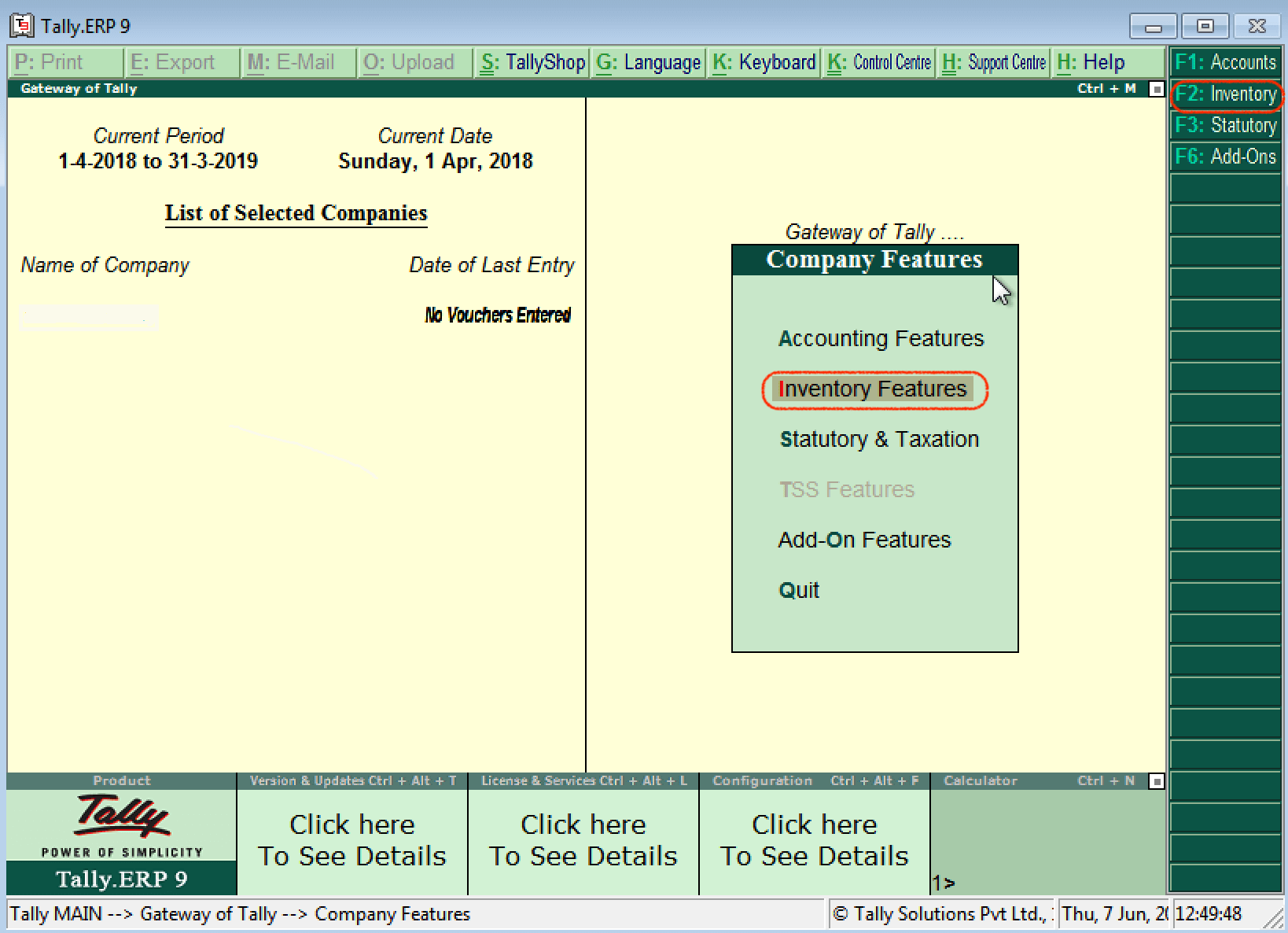
The reports can reveal if the motor vehicle you're considering has been reported stolen or if it has a salvage title.

If you're shopping for a used car and want to know more about its history before buying, we recommend running a AutoCheck report. If you're interested to learn about where your vehicle was made and entertaining trivia, try a site such as Decode the VIN. It depends on what information you're looking for. The last six digits (positions 12 through 17) are the production sequence numbers, which each car receives on the assembly line.Each automaker has its own set of plant codes. The letter or number in position 11 indicates the manufacturing plant where the vehicle was assembled.The alphabet started over from A in 2010 and will continue until 2030. From 2001 to 2009, the numbers 1 through 9 were used in place of letters.

The letters from B to Y correspond to the model years 1981 to 2000. In the 10th position, you'll see a letter indicating the model year.The following group of eight elements (10-17) is the vehicle identifier section. The number that appears varies and is based on a mathematical formula that the U.S. Number 9 is the check digit, which is used to detect invalid VINs.Numbers 4 through 8 describe the car with such information as the model, body type, restraint system, transmission type and engine code.The next six digits to check (positions 4-9) are the vehicle descriptor section. This Wikipedia page has a list of WMI codes. The third digit, when combined with the first two letters or numbers, indicates the vehicle's type or manufacturing division.It may sound confusing, but the next digit ties it all together.

But that "A" can also stand for Jaguar or Mitsubishi, and an "R" can also mean Audi. For example, A is for Audi, B is for BMW, G is for General Motors, L is for Lincoln, and N is for Nissan. In some cases, it's the letter that begins the manufacturer's name.


 0 kommentar(er)
0 kommentar(er)
